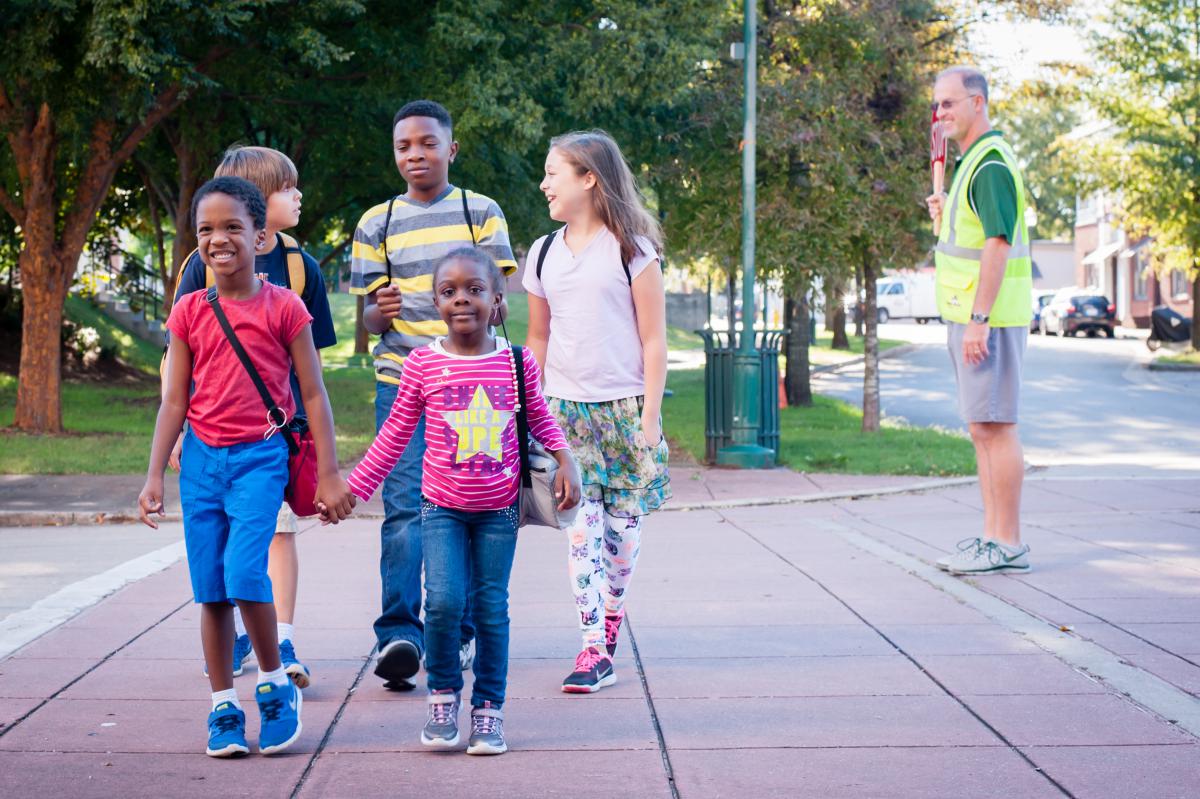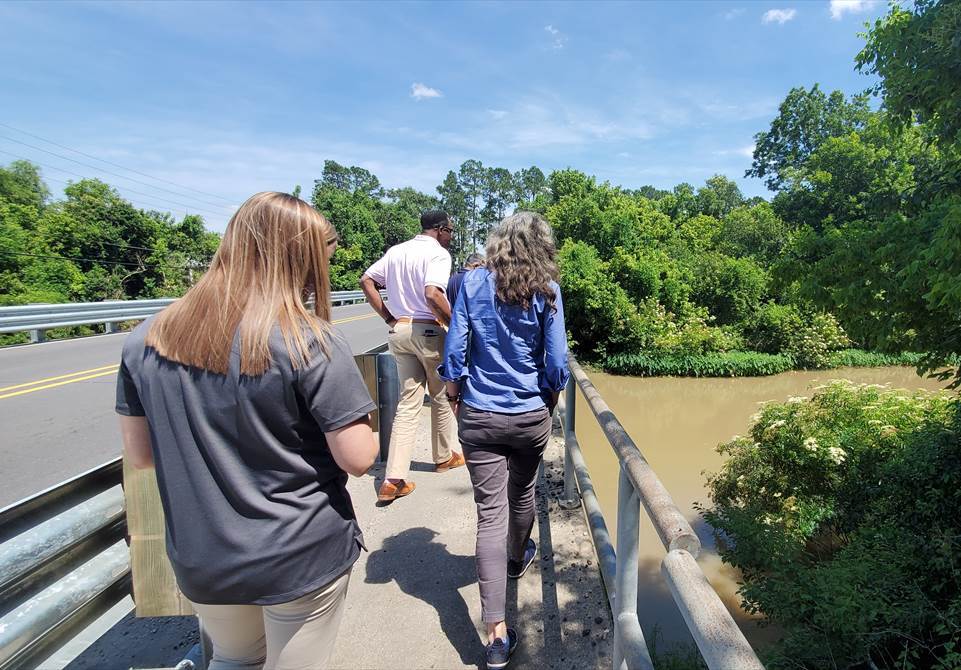The oceanfront city of Myrtle Beach, South Carolina – permanent population 27,000 – explodes with tourists and temporary workers from all over the world during the summer. With as many as 450,000 people congregating on the seven-mile stretch of beachfront, restaurants, and shops in any given week in the summer, it’s critical that the town’s transportation system is able to handle the large influx of visitors. Central to the experience of visiting Myrtle Beach is the ability to get out of the car and enjoy the town by foot or by bike.
Resource Library
This resource contains four Model Policies for California for establishing joint use agreements, with schools, cities, indoor and outdoor facilities.
This website includes a fact sheet and package of school siting policies for school districts that want to ensure that their school siting decisions support the educational success, physical health, and overall well-being of students and their community.
This study of traffic fatalities in a county in California found that pedestrian crashes are 4 times more frequent I poor neighborhoods and age of the population, education, English language fluency, nor population density explained the effect of income level.
This map provides examples of the impact of bicycling on business districts, jobs, and household savings across the country.
While Congress passed the new transportation law, the FAST Act, back in December, it takes time for US Department of Transportation to update their complicated formulas for how much states and localities get for various programs. Fortunately, that work is done and we now know the state-by-state breakdown of funding available for Safe Routes to School, bicycling and walking projects.
This report presents a school bicycle parking facility assessment tool and describes how to use it. It also presents ideas about how to make improvements to your bicycle parking facilities and shares the results from the original Eugene‐Springfield Safe Routes to School bicycle parking study.
The Safe Routes Partnership submitted our official comments for the record on May 16. Read our comments here.
What the US Department of Transportation chooses to measure has an impact on which transportation projects get built in your state and community—and on your ability to feel safe while walking and bicycling to school and in your neighborhood.
The Safe Routes Partnership and the YMCA of the USA recently released Making Strides: 2016 State Report Cards on Support for Walking, Bicycling, Active Kids and Communities. These report cards have an entire section devoted to state funding for Safe Routes to School, bicycling and walking that provides important information for advocates.
 Welcome to the new website of the Safe Routes Partnership! The beginning of a new year seems to be the perfect time for a change to the Safe Routes Partnership’s website. The new color scheme, graphics and wonderful photos now reflect the vibrancy and energy of the national Safe Routes to School movement.
Welcome to the new website of the Safe Routes Partnership! The beginning of a new year seems to be the perfect time for a change to the Safe Routes Partnership’s website. The new color scheme, graphics and wonderful photos now reflect the vibrancy and energy of the national Safe Routes to School movement.
 It is an exciting time of new beginnings and opportunity - the beginning of my role as network director, a new blog and a huge expansion of the Safe Routes Partnership.
It is an exciting time of new beginnings and opportunity - the beginning of my role as network director, a new blog and a huge expansion of the Safe Routes Partnership.
 When I was about eight years old I decided to start a lemonade stand. My stand, which was rudimentary in design, included the front steps of my house, a pitcher of watered down lemonade and no cups.
When I was about eight years old I decided to start a lemonade stand. My stand, which was rudimentary in design, included the front steps of my house, a pitcher of watered down lemonade and no cups.
 March has been quite a month for Congressional action on the transportation bill. Unfortunately, it is looking like the momentum will have a tough time carrying over into April.
March has been quite a month for Congressional action on the transportation bill. Unfortunately, it is looking like the momentum will have a tough time carrying over into April.
 In 2008 and 2009 we managed a Safe Routes to School project at five lower income schools around the country, launching and growing Safe Routes to School programs in those five schools for two years.
In 2008 and 2009 we managed a Safe Routes to School project at five lower income schools around the country, launching and growing Safe Routes to School programs in those five schools for two years.
 Both the House and Senate have decided to get down to business on a transportation bill.
Both the House and Senate have decided to get down to business on a transportation bill.






 Our work to expand the region’s Active Transportation program at the Southern California Association of Governments (SCAG) is progressing.
Our work to expand the region’s Active Transportation program at the Southern California Association of Governments (SCAG) is progressing.